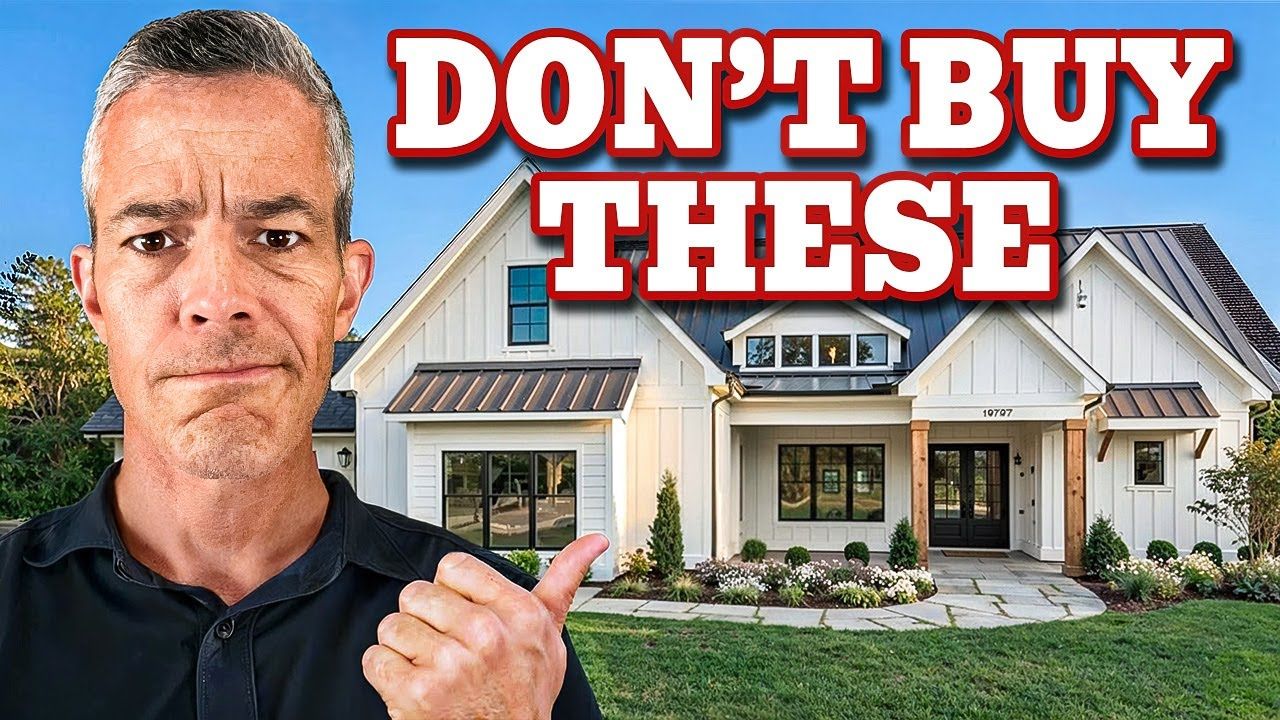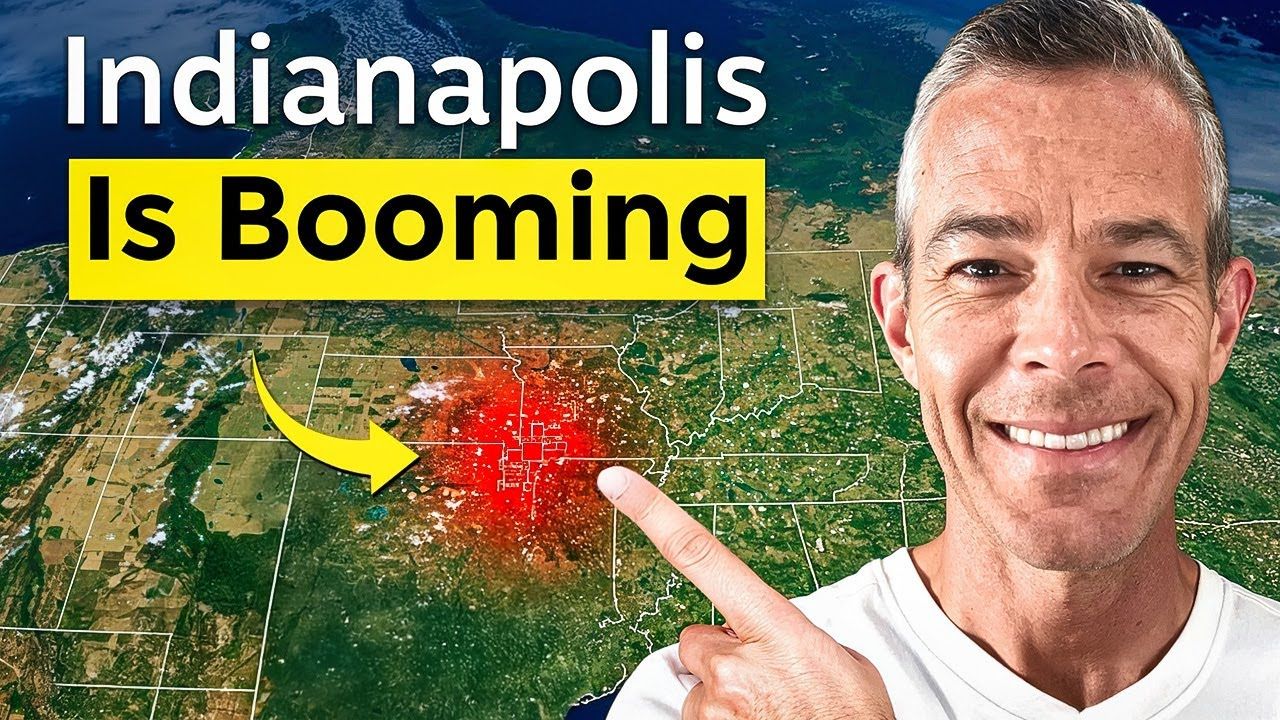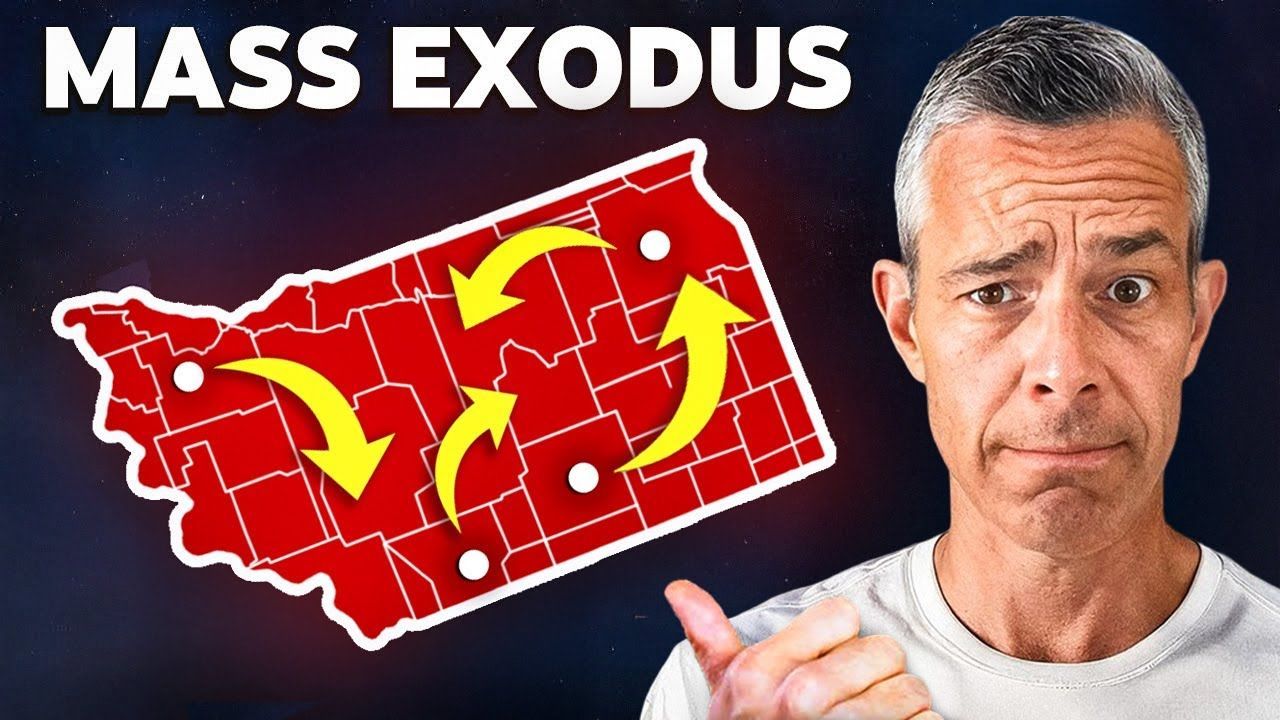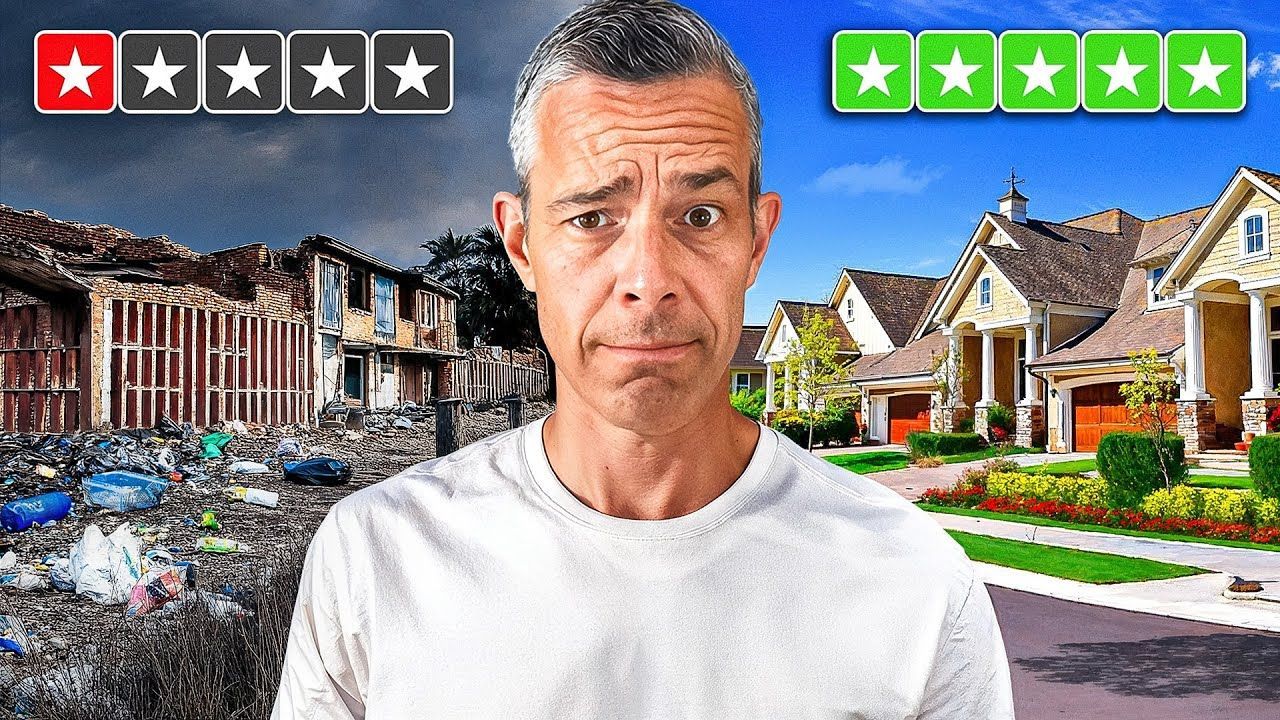The Indianapolis Housing Market Just SHIFTED (Here’s Why)
Table of Contents
- Indianapolis Housing Market Update: What’s Shifting in 2025?
- Reason #1: The Surface-Level Calm in the Indianapolis Market
- Reason #2: What Just Shifted This Year
- Reason #3: Two Markets, Two Speed in Indianapolis Real Estate
- Reason #4: Inventory Breakdown
- Reason #5: Buyer Psychology Is Changing in Indianapolis
- Reason #6: What This Means For You
- Buyers: Strategic Tips for the Indianapolis Housing Market
- Sellers: How to Navigate the Shifting Indianapolis Housing Market
- Timing and Seasonality in the Indianapolis Housing Market
- Practical Checklist for the Indianapolis Housing Market Update
- Putting the Indianapolis Housing Market Update into Action
- FAQs
Indianapolis Housing Market Update: What’s Shifting in 2025?
The Indianapolis housing market update starts with a quiet truth: surface-level numbers look steady, but the rhythm underneath has changed. Median prices across the city appear almost flat, but homes are taking longer to sell, price cuts are back in play, and inventory has ticked up. That combination gives buyers more leverage than they have had in a long time and forces sellers to be far more strategic.

If you pay attention to the tempo—how long homes sit, how often sellers reduce price, and where inventory is building—you get a more accurate, actionable Indianapolis housing market update than headlines provide. This is not a crash. It is a rebalancing. Yet without the right plan, buyers can overpay and sellers can sit on the market for weeks and take hits they did not expect.
VIEW HOMES FOR SALE IN INDIANAPOLIS
Reason #1: The Surface-Level Calm in the Indianapolis Market
Tempo changed first. A year or two ago, many listings disappeared in days or even hours. Today the citywide average days on market is about 22 days, and across central Indiana it’s roughly 40 days. That shift from under two weeks to over three weeks changes psychology. Buyers feel less urgency and are willing to shop. Sellers who price as if it is still a blowout market risk being left behind.
Why does that matter? Because time is a form of leverage. When homes sit longer, buyers gain negotiating power. When sellers react slowly or stay stubborn on price, they tend to cut farther later than they would have if they had started realistic.
Reason #2: What Just Shifted This Year
Negotiation is back. Nearly half of active listings saw at least one price cut in August. Sale-to-list ratios have softened from nearly 100% a year ago to about 97.8% recently. On a $400,000 house that swing translates into thousands of dollars of negotiation room. Concessions on inspection repairs, closing cost credits, and interest rate buy-downs are common again.
That makes this Indianapolis housing market update important: the era of "take it or leave it" offers is over for now. Buyers who know how to identify motivated sellers and craft offers that align with market conditions can capture significant value.
Reason #3: Two Markets, Two Speed in Indianapolis Real Estate
Inventory has grown, but unevenly. Central Indiana had about 5,900 active listings in August, up roughly 18% year-over-year. Supply moved from roughly 1.8 months to 2.1 months. That is still a seller-leaning market by strict definitions, but it is no longer panic mode. Importantly, the rise in active listings did not come from a flood of new listings—new listings were actually down slightly—so the additional inventory represents homes that are sitting longer.
Put simply: buyers have more time and more choice, but not everywhere. Micro markets across the metro are moving at different speeds and that nuance is at the heart of this Indianapolis housing market update.
Reason #4: Inventory Breakdown
Demand signals are mixed. Pending sales and closings are modestly up year-over-year, which confirms this is a rebalancing rather than a collapse. Buyers are still buying. Sellers are still selling. But the terms of those deals, and the psychology behind them, have shifted.
Because the market’s speed changed first, different data sources can look contradictory. Prices may appear stable while underlying forces move toward a more buyer-friendly balance. That is why context matters: where in the metro you buy or sell changes the outcome.
Reason #5: Buyer Psychology Is Changing in Indianapolis
Micro markets matter. Downtown is hardly the same as southeast Indianapolis or the suburbs. In downtown Indianapolis, prices have risen—median near $392,500 with a 12% year-over-year gain—but days on market also moved from 35 to about 40 days and sale-to-list ratios softened to near 96.4%. That means buyers can negotiate in premium areas even though values remain strong.
Contrast that with southeast Indianapolis, where the median dropped to roughly $188,500 in many neighborhoods and values are down about 26% year-over-year in pockets. Those homes move faster—often under two weeks—because affordability keeps demand high. Each micro market gives a different risk and opportunity profile, and each requires a different strategy.
Reason #6: What This Means For You
The market is national as well as local. Active listings across the U.S. rose more than 20% in August, marking over 22 consecutive months of inventory growth in many areas. Indianapolis is part of that broader cooling trend. Sellers on this market tend to come from three groups: equity-rich long-term owners, investors who built equity during earlier booms, and regular sellers who need or want to move.
Some sellers remain locked into low mortgage rates and are choosing not to list. Others are testing the market or are motivated to move. That patchwork of motivations drives complexity and opportunity. Buyers who understand seller motivation will have a much stronger chance of negotiating favorable terms.
Buyers: Strategic Tips for the Indianapolis Housing Market
This Indianapolis housing market update brings good news for buyers who act strategically. Leverage is back, especially on homes that have sat for 30 days or more. Target those listings first. They are often held by sellers who are more open to price adjustments or concessions.

New construction is another lever. Builders are offering incentives—lending credits, design upgrades, price incentives—especially on spec homes and inventory units. Quarter ends and calendar deadlines create windows when builders are extra motivated. Skilled negotiation with builders and understanding their incentives can shave thousands off your effective purchase price.
- Look for homes on the market 30+ days to find negotiation room.
- Request seller concessions such as credits for inspection repairs or rate buy-downs when appropriate.
- Use builder incentives on spec or inventory homes to gain additional value.
Sellers: How to Navigate the Shifting Indianapolis Housing Market
Sellers face a different set of realities in this Indianapolis housing market update. Correct pricing is paramount. Overpricing leads to extended days on market, multiple price cuts, and often a lower final sale price than if the property had been priced realistically from the beginning.
Presentation also matters. Condition, photos, and marketing play a big role in a market where buyers have more choices. Combine strong presentation with a realistic price to capture the largest buyer pool in the first week of listing—when negotiation leverage is still often highest.
- Price to market to avoid sitting and trading away negotiation advantage.
- Invest in presentation(staging, photography, simple repairs) to stand out.
- Consider incentives such as offering a small closing credit or paying for a home warranty to attract buyers.
Timing and Seasonality in the Indianapolis Housing Market
Seasonality remains a practical lever. The market often follows the school calendar. Spring typically brings more listings and stronger prices, but also more competition. Late summer into fall and the holiday season frequently offer buyers less competition and more motivated sellers. That timing can yield savings whether you are buying or selling.
For sellers aiming for maximum price you may accept the competition of spring. For buyers seeking negotiating leverage, late season windows can be powerful if you are ready to act.
Practical Checklist for the Indianapolis Housing Market Update
Whether buying or selling, strategic preparation wins. Here are the most important tactical steps:
- Research micro markets rather than relying on citywide headlines. Downtown, southeast, and suburbs behave differently.
- Watch days on market —homes past the 30-day mark are potential negotiation targets.
- Scan for price cuts —nearly half of listings have adjusted recently, and those sellers may be open to offers below list.
- Use inspection leverage to negotiate repairs or credits; inspections matter again.
- Leverage builder timing and incentives for new construction or spec homes.
- Price correctly from the start if selling and invest in presentation to shorten time on market.
Putting the Indianapolis Housing Market Update into Action
The winners in this market are not simply lucky. They are strategic. Buyers who focus on inventory that has been sitting and who know how to layer inspection, financing, and timing leverage often secure better terms. Sellers who price correctly and present impeccably avoid drawn-out listings and secure stronger outcomes.
This market will continue to evolve. Keep an eye on days on market, price cut frequency, and micro market movement. Those three indicators give you early warning that an area is cooling further or heating back up.
If you need to buy a home and want help navigating this market, call or text me anytime at 317-932-8620 and I’ll help you find the right strategy.
VIEW HOMES FOR SALE IN INDIANAPOLIS
FAQs
How has days on market changed and why does it matter for the Indianapolis housing market update?
Average days on market rose from under two weeks to roughly 22 days citywide and around 40 days in parts of central Indiana. That longer timeline reduces buyer urgency and gives buyers more negotiation power, while forcing sellers to price realistically to avoid extended listings and multiple price cuts.
Are prices falling across Indianapolis?
Citywide median prices look relatively steady, but the market is uneven. Some areas, like parts of southeast Indianapolis, have seen sharp declines, while downtown and many suburban neighborhoods hold value or show smaller gains. Micro market analysis is essential.
What should buyers target first in this Indianapolis housing market update?
Target homes that have been on the market 30 days or longer, look for listings that have already taken price cuts, and explore builder incentives on spec and inventory homes for additional negotiating leverage.
What is the single most important strategy for sellers right now?
Correct pricing from day one. Overpricing leads to longer days on market and larger eventual discounts. Combine realistic pricing with strong presentation to reach the largest buyer pool early.
Is this market a crash or an opportunity?
It is a rebalancing, not a collapse. Active listings and price adjustments create opportunities for buyers to negotiate and for sellers to still capture value if they are strategic. Understanding local micro markets turns potential risk into actionable opportunity.
jason compton
A former teacher turned full-time real estate agent serving Greater Indianapolis. I help buyers, sellers, and relocation clients make informed moves—especially those coming from out of state. From neighborhood insights to home tours, my goal is to simplify the process and help you feel confident in every step.
Stay Informed
Insights, Tips & Life in Indianapolis
Your go-to resource for all things real estate and Indy living. Whether you're buying, selling, relocating, or just curious about the local market, our blog is packed with helpful articles, expert advice, and community highlights to keep you informed and inspired.

